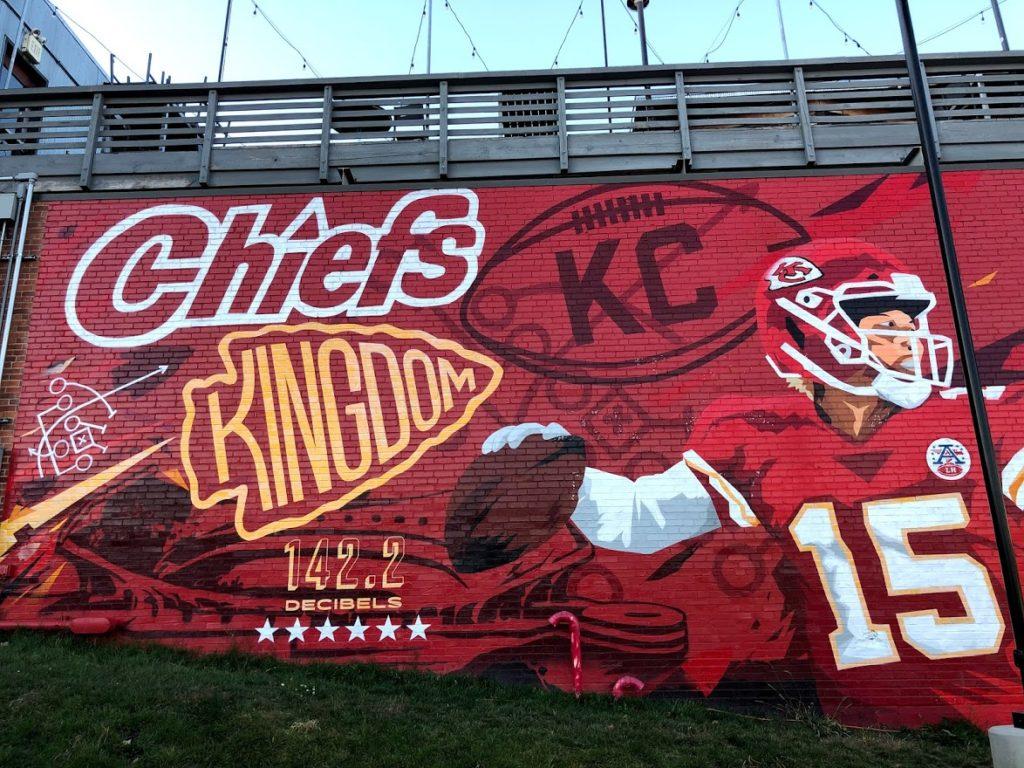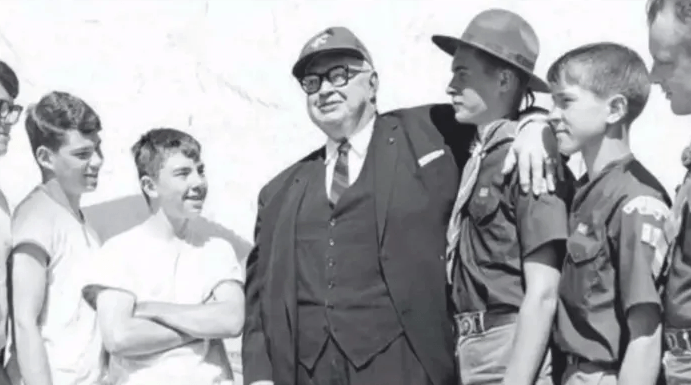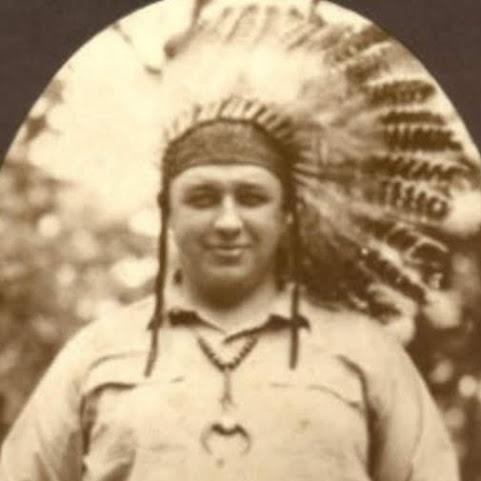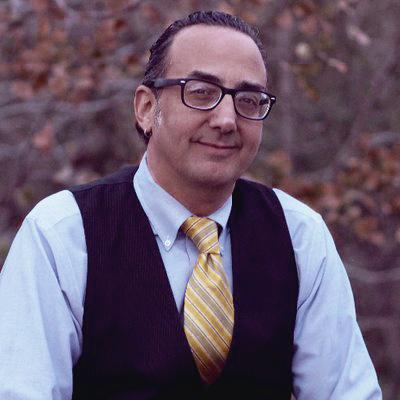(Hint: Not from a Native American.) Harold Roe Bartle, a non-Indigenous two-term Kansas City mayor, was known in his social circles as ‘Chief’
How did the Kansas City Chiefs get their name? It wasn’t from a Native American, a Native tribe or in fact anything Indigenous. The chiefs got their name from a man who spent much of his adult life appropriating Native American culture.
The man’s name was Harold Roe Bartle.
Bartle, a non-Native man and former two-term mayor for Kansas City—who had a 25 cigar-a-day habit, and a booming voice—was the founder of the Mic-O-Say in 1925. It was an offshoot of the Boy Scouts organization.
Those familiar with the Boy Scouts, might not realize that the origins of the scouts come from a group known as the Woodcraft Indians, a non-Indigenous youth group dedicated to emulating American Indian culture. The group was created by Ernest Thompson Seton in 1902.
Three organizations spawned from Seton’s youth group, which are known today as the Order of the Arrow, a secretive honor society connected to the Boy Scouts of America, the tribe of Mic-O-Say, a “tribal Boy Scout organization” that has members across the United States as well as its own types of regalia modeled after Native American culture, and the Koshare’, a Boy Scout troop based in La Junta, Colorado.
The Koshare’ even has its own museum with non-Indigenous ceremonial dancers. Due to the media exposure in relation to cultural appropriations by the group, and Native American leaders who have expressly advocated against the display of regalia and dance performances by the Koshare’s non-Indigenous performers, photographs are forbidden by the group.
See related story in ICT by Vincent Schilling: The Tribe of Mic-O-Say dance teams regularly perform’ in ‘Native-style regalia’
What does this have to do with the Kansas City Chiefs?

Bartle was also a former Boy Scout leader for a non-Native group called the Cheyenne Council in Casper, Wyoming.

As a creator of a group that emulated Native American culture, Bartle frequently wore Native-style headdresses.
In an effort to qualify his namesake, Bartle claimed he was inducted into a local tribe of the Arapaho people and according to “traditional Mic-O-Say legend,” Bartle was also given the name Lone Bear by an Arapaho chief.
Thus Bartle went by the name Chief Lone Bear in his Mic-O-Say organization.
As a self-proclaimed chief, Bartle performed ceremonies on new members. During the ceremonies, these participants were given a “Native name” and Bartle would place an eagle claw around their neck.

Bartle’s organization, the Mic-O-Say was wildly popular. He created a Mic-O-Say camp in Osceola, Missouri. The ‘Bartle Scout Reservation” still exists today.
In 1928, Bartle was named the Scout Executive of the Kansas City area council, and due to the wildly successful Mic-O-Say camps, several other Mic-O-Say camps were formed. The Mic-O-Say still exists nationwide in the United States today.
Mic-O-Say and Kansas City Chiefs connection
Bartle, known as ‘chief in several social circles, also served as a two-term mayor of Kansas City, Missouri In 1962 he persuaded Lamar Hunt, the owner of Dallas Texans—a football team looking for a new home—to bring the team to Kansas City.
As Rick Montgomery wrote in a Kansas City Star article in 2016:
“Bartle learned on a business trip that Hunt was thinking about relocating his American Football League franchise. Not yet ready to sever his football ties in Texas, Hunt originally declined the mayor’s invitation to check out Kansas City. So Bartle promised total secrecy, which included mailing papers to Hunt from a location outside City Hall.”
When Hunt visited, Bartle introduced him as ‘Mr. Lamar’ and referred to Steadman as “Jack X.”
Dallas Texans owner Lamar Hunt—who was the founder of the American Football League—met secretly with Bartle and Hunt ultimately agreed to name the new team the Kansas City Chiefs after Bartle’s nickname.
In 1963, Hunt moved his Dallas Texans to Kansas City, and the name ‘Chiefs’ came up in a “name-the-team contest.” Lamar Hunt’s general manager stated several years later, “I finally told Lamar, ‘There’s just no other name we can select.’”
The Kansas City Chiefs were not named for a Native American, but after Bartle’s nickname and his involvement with Mic-O-Say—a non-Indigenous organization.
On May 8, 1974, Bartle passed away. According to the Kansas City Public Library, “Bartle was eulogized as one of the region’s most impactful youth leaders and a dynamic public figure in Kansas City history.”

Vincent Schilling, Akwesasne Mohawk, is the founder and editor of Native Viewpoint. With nearly 20 years of experience as a Native journalist and former member of the White House Press Pool, Vincent works to uplift underrepresented voices in the world of media and beyond. Follow Vincent on YouTube.com/VinceSchilling, on Twitter at @VinceSchilling or on any other of his social media accounts by clicking on any of the icons below.
Support Native Viewpoint a Native multimedia website, by clicking here.